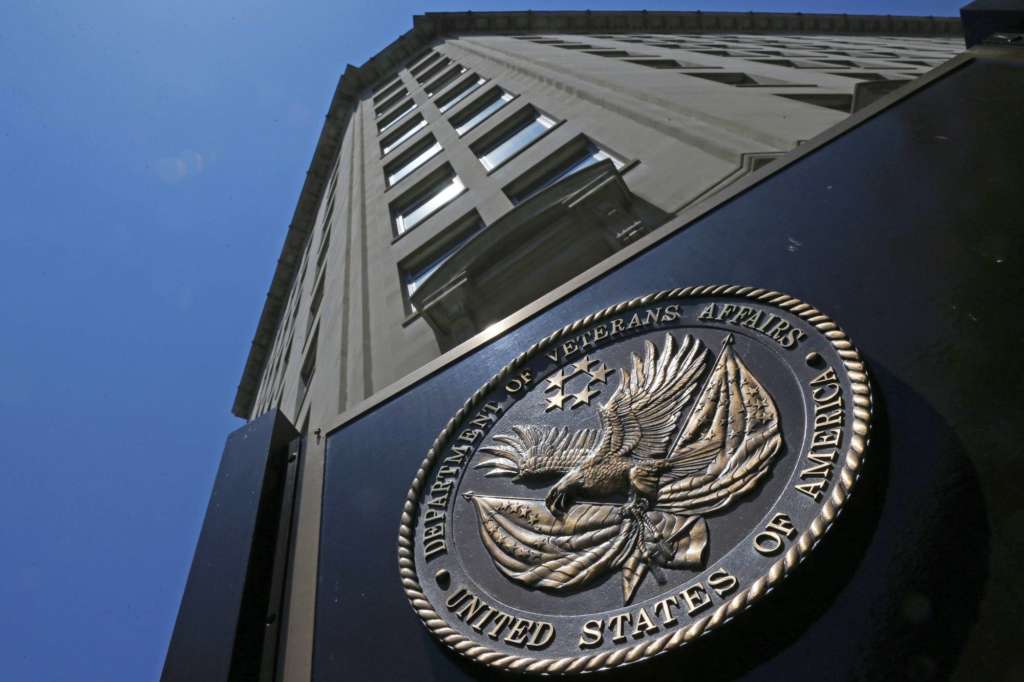MANILA, Philippines (AP) — Widespread flooding and landslides set off by a tropical storm in the northeastern Philippines on Thursday left at least 24 people dead, swept away cars and prompted authorities to scramble for motorboats to rescue trapped villagers, some on roofs.
The government shut down schools and offices — except those urgently needed for disaster response — for the second day on the entire main island of Luzon to protect millions of people after Tropical Storm Trami slammed into the country’s northeastern province of Isabela after midnight.
The storm began to move away from the coast of the northwestern Philippine province of Ilocos Sur toward the South China Sea on Thursday afternoon with sustained winds of up to 95 kph (59 mph) and gusts up to 115 kph (71 mph). It was blowing southwestward and could strengthen into a typhoon over the South China Sea, according to state forecasters.
At least 24 people died, mostly due to drowning in the hard-hit Bicol region and nearby Quezon province but the toll was expected to rise as towns and villages isolated by flooding and roads blocked by landslides and toppled trees manage to send out reports, police and provincial officials said.
Most of the storm deaths were reported in the six-province Bicol region, southeast of Manila, where at least 21 people died, including 8 residents in Naga city, which was inundated by flash floods as Trami was approaching Tuesday, dumping more than two months’ worth of rainfall in just 24 hours at high tide, regional police chief Brig. Gen. Andre Dizon and other officials said.
While thousands of villagers, who were trapped in floodwaters, have been rescued by government forces, many more needed to be saved Thursday in the Bicol region, including some on roofs. About 1,500 police officers have been deployed for disaster-mitigation work, Dizon said.
“We can’t rescue them all at once because there are so many and we need additional motorboats,” Dizon told The Associated Press by telephone. “We’re looking for ways to deliver food and water to those who were trapped but could not be evacuated right away.”
Flash floods swept away and submerged cars in some parts of Naga city while mudflows from Mayon, one of the country’s 24 active volcanoes, in nearby Albay province, engulfed several vehicles, Dizon said.
Stormy weather remained in the region, hampering relief efforts, officials said.
The government’s disaster-mitigation agency said more than 2 million people were affected by the storm, including 75,400 villagers who were displaced from their homes and are sheltering on safer ground.
More than 1,000 houses were damaged, mostly in the Bicol region, and nearly 300 roads and bridges were not passable due to flooding, landslides or toppled trees, the government’s disaster-mitigation agency said.
The storm prompted the suspension of inter-island ferry services in more than 120 seaports, stranding nearly 7,000 passengers and cargo workers, the Philippine coast guard said.
About 20 storms and typhoons batter the Philippines each year. In 2013, Typhoon Haiyan, one of the strongest recorded tropical cyclones in the world, left more than 7,300 people dead or missing and flattened entire villages.
Copyright © 2025 The Associated Press. All rights reserved. This material may not be published, broadcast, written or redistributed.













